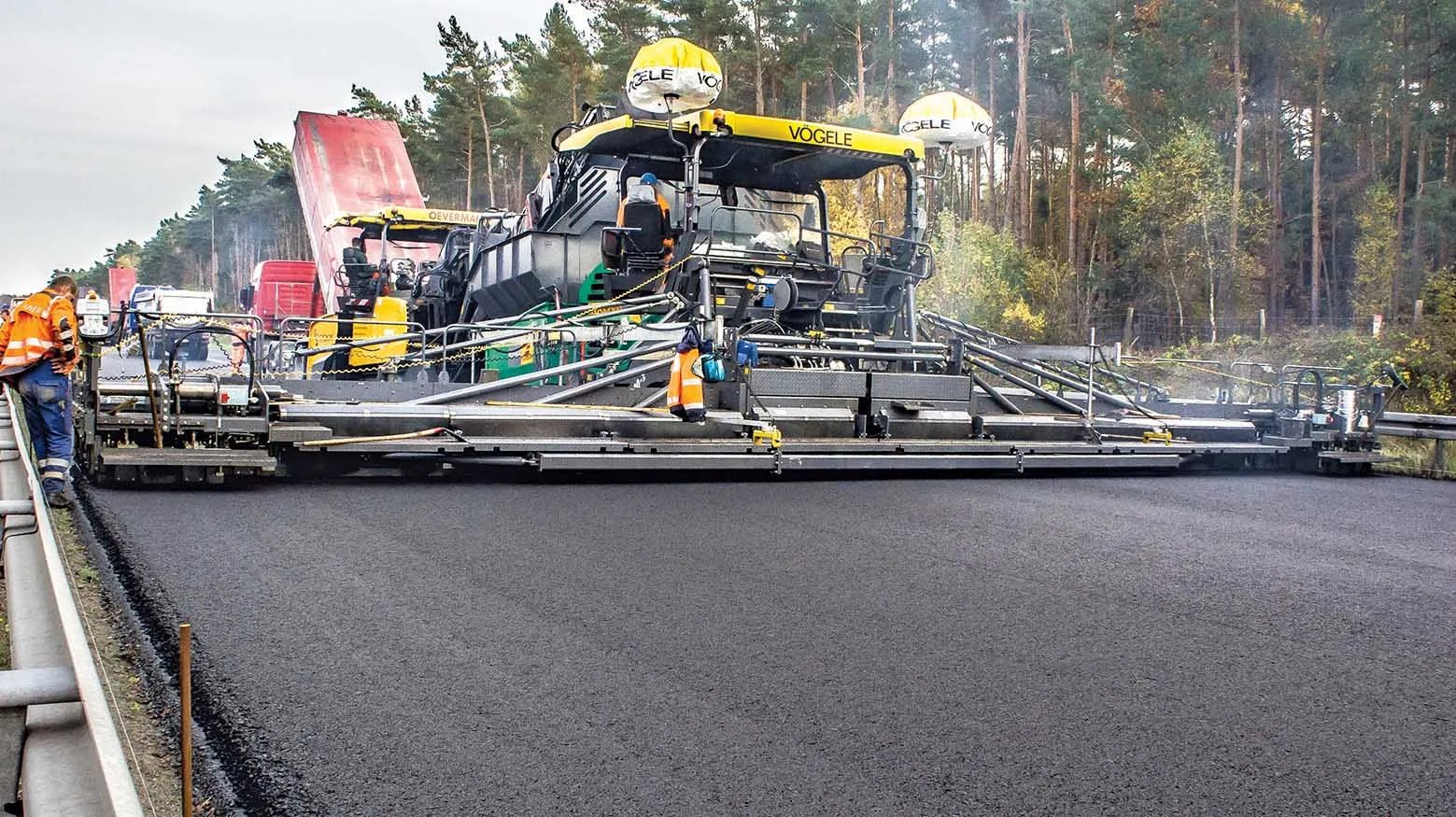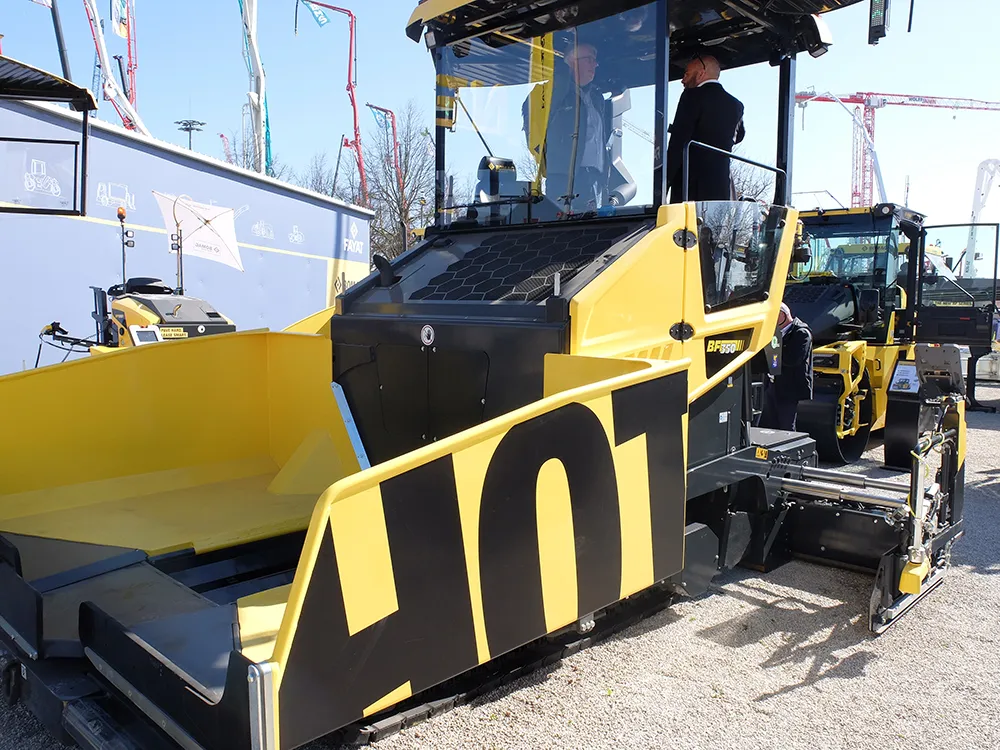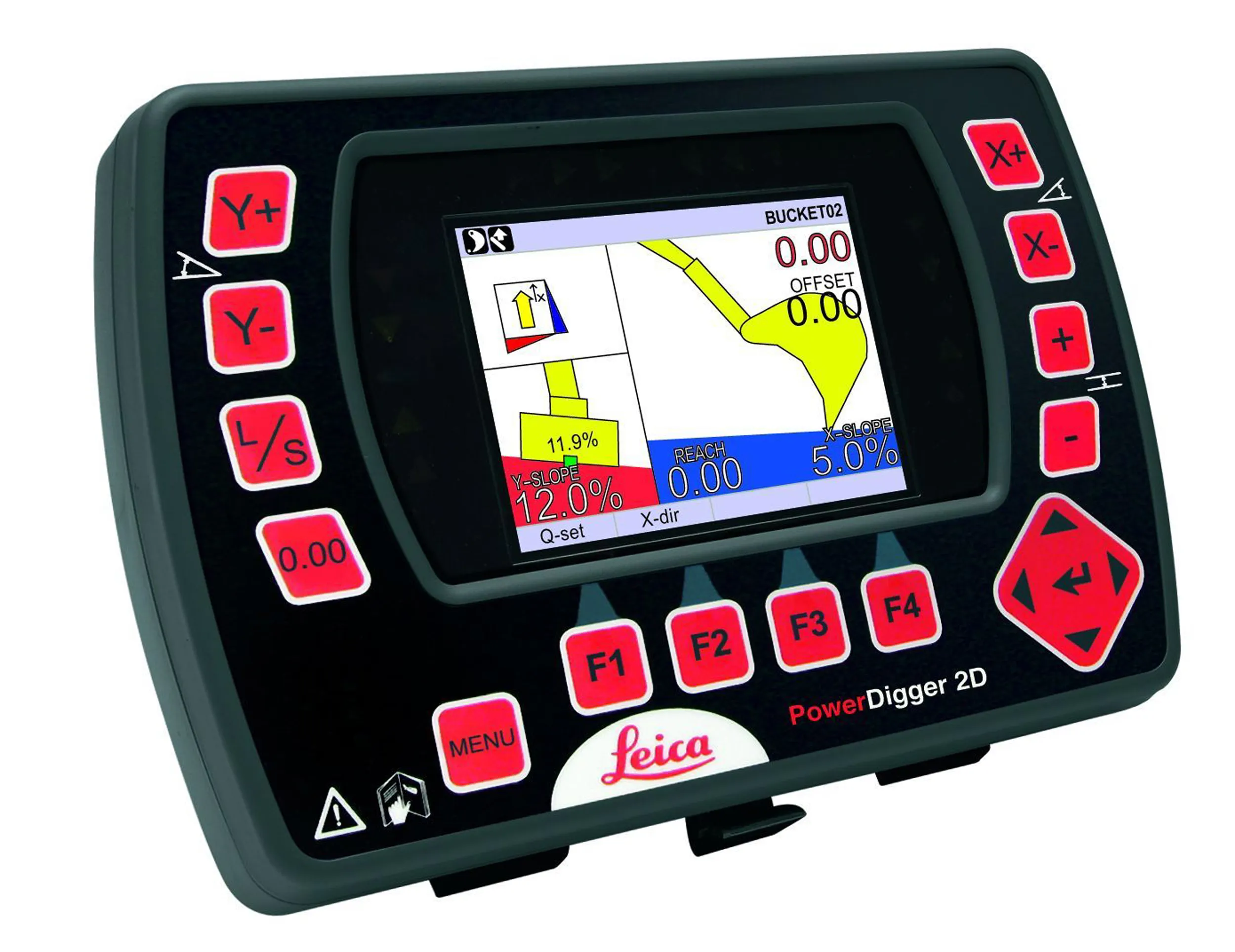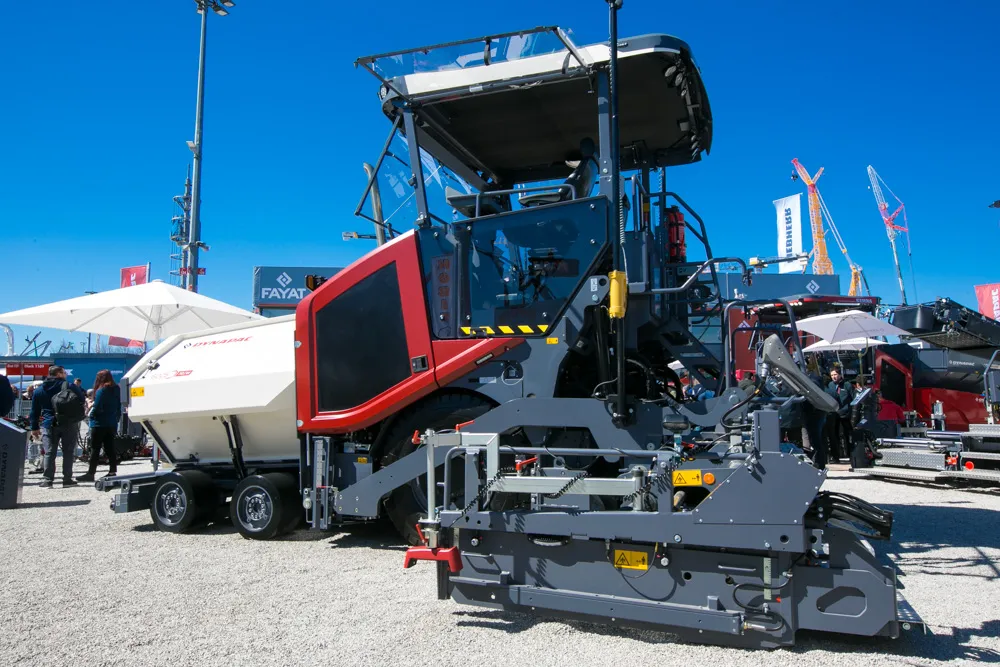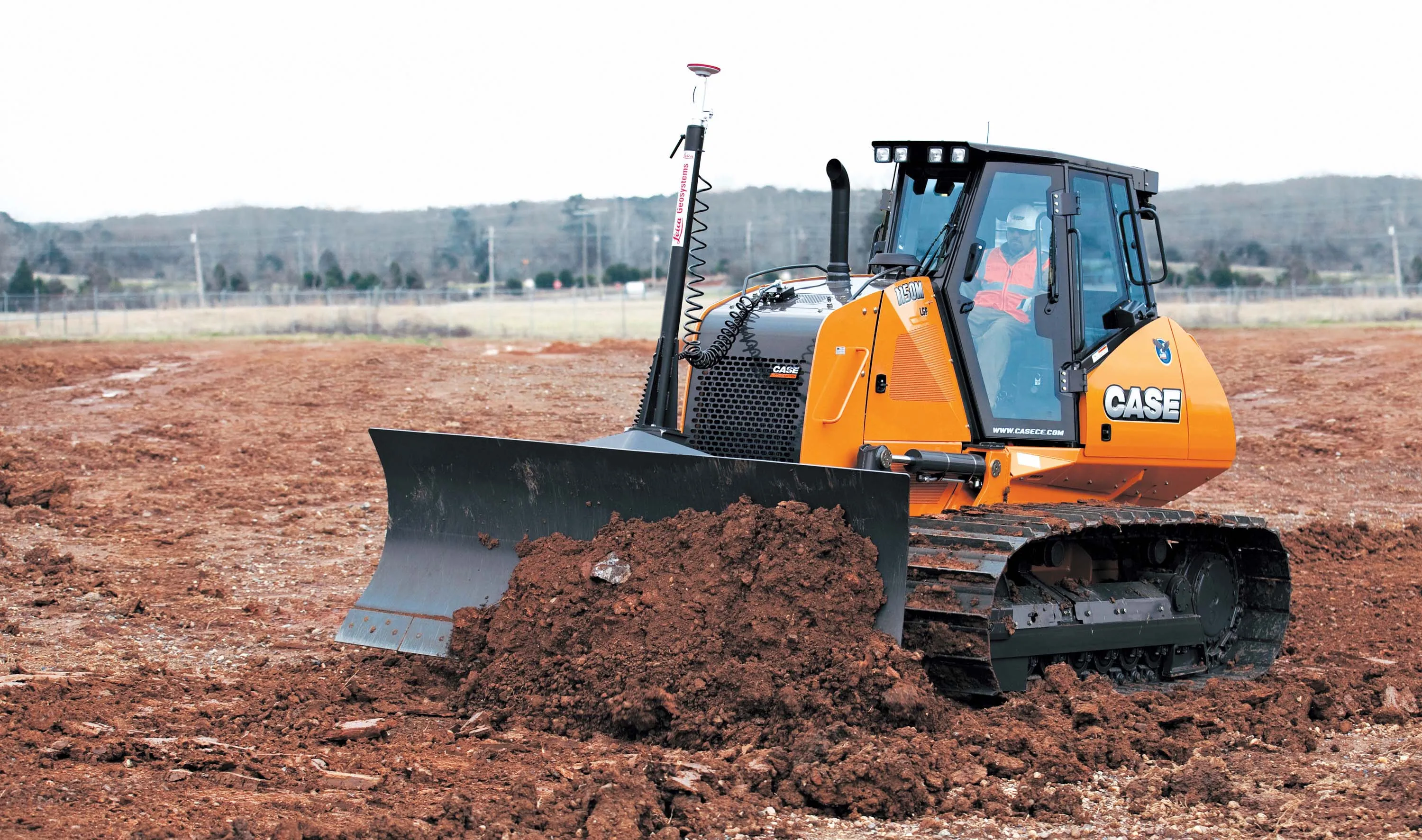
Equipment manufacturer have made huge advances in machine performance, delivering new models that offer increased capabilities and productivity, while using less fuel. Reliability and uptime too have been improved, with the development of equipment that can forestall unplanned downtime by telling the user when it will require service attention. Meanwhile new engines deliver more power while using smaller quantities of fuel and fewer emissions from the tailpipe.
However all of these technological gains make only small benefits to the bottom line, when compared with the advances to productivity and efficiency promised by machine automation systems. The pace of technological development in the machine control segment is astonishing, while the major players have also been broadening capabilities with new acquisitions and partnerships.
"CNH Industrial is committed to providing its worldwide customers with leading products in the Construction Equipment sector which meet the highest standards in performance and productivity," said Mario Gasparri, brand Ppresident of CNH Industrial Construction Equipment. "Our partnership with Leica Geosystems shows our intention to continue investing in the Construction Equipment business by introducing forefront technologies and leveraging the most advanced specialist players in the market.”
Meanwhile Trimble and Topcon continue to develop their partnerships with equipment manufacturers
For quarry operation this allows a greater overall transparency of operations and helps boost working efficiency. The Loadrite L2180 for John Deere features a separate monitor in the cab, with an optional printer for outputting load tickets or end-of-shift reports in the field. Using JDLink telematics allows the systems payload reports to be delivered straight to the quarry manager in the office. This provides the customer with a greater insight into site operations and allows work processes to be optimised efficiently and quickly.
Another recent development from Trimble is its Deal with concrete paver form
The integration between the Gomaco paver and the Trimble paving control system gives operators six axis control over the pan in real time, as well as the ability to use a 3D design model to control grade and slope. The time and cost of stringlines is eliminated, allowing projects to start sooner and maintain smoother haul operations without the need to drive around the delicate stringlines.
Trimble PCS900 uses automatic steering and six-axis control of the pan to keep the paver on the target alignment, design and slope. The Trimble SPS930 Universal Total Station and Hot Swap technology offer a significant advantage by making Total station transitions faster and less dependent on manual intervention from the operator. The system will transition automatically to the next Total station without stopping the machine to make a manual transition. At the same time, the system also automatically maintains the same tolerance between Total stations, ensuring a smooth surface at the transition point.
Meanwhile for the asphalt paving sector,
The ST-3 sonic tracker can deliver higher accuracy in positioning and improves operation in tight areas. The technology can increase productivity for users by providing smoother surface detections and the smoother this can be the faster the job cam ne completed according to Topcon. The new slope sensor also adds to working accuracy and is designed to cope in a range of tough construction applications. Changes to the control box mean that the Cross slope value will be displayed even when the control box is set in elevation control mode on both sides. This feature means that an operator no longer has to guess whether the Cross slope is correct and instead has an accurate reading. Meanwhile the system offers block slope calibration that prevents users from accidently changing the slope sensor while the P-32 system is in operation.
Also aimed at improving operations in the asphalt paving market is the new PAVE-IR temperature scanner system developed by German firm
Ensuring that the temperature of the asphalt is correct is a critical factor in road construction. If the asphalt is too cold after being laid, it cannot be compacted properly and will fail before the end of its design life, potentially increasing whole life costs of the roadway by 46% due to the need for early repairs. However, the MOBA PAVE-IR system provides a continuous view of the asphalt mat temperature gradient, using a high-speed scanning system. This monitors the temperature during paving and can document the process for an entire project. Using the system, contractors can optimise processes and verify the quality of paving operations.
The intelligent scanner monitors the temperature over the entire paving width of up to 8m and the measurement width can be set individually. With up to 31 measurement points, the scanner achieves an accuracy of ± 2°C for conventional asphalt with the temperature profile being displayed in real-time. This allows an operator to take action if irregularities occur. In addition, the profile is stored with the GPS position data and transferred to a USB stick. In conjunction with the PAVE Project ManagerTM software, the contractor can evaluate and document the data in the office. Alternatively, the data can be sent via GSM to a server, where it can be called up at any time with a web application.


